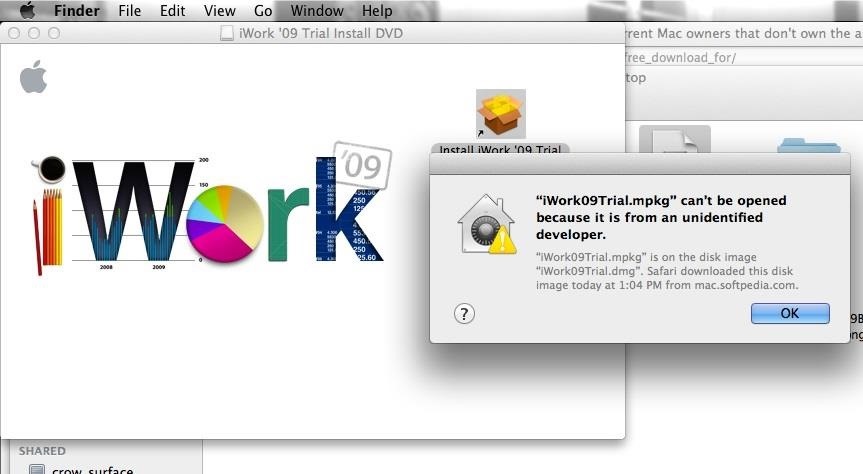

One way for Apple to implement this would be to have an additional input panel containing arrow and modifier buttons to allow quick cursor management for selecting and moving items, but this is currently not available.

While Apple's touch-based inputs can do this, it takes extra steps to tap-select items, and then drag the selection limits, and these options pale in comparison to the precision and speed of either a mouse or primarily arrow keys combined with modifiers (Shift, Command, Control, etc.).
#IWORK FOR MAC AIR FULL#
In word processing, people often need to quickly select parts of words, full words, whole lines, or paragraphs, or precisely place their cursors within these areas to make appropriate edits. These days people are quite proficient at touch-typing, and Apple provides full keyboard layouts and split layouts that may be comfortable for some and will largely suffice for entering text however, there are two missing features that do affect office-related tasks: quick cursor management and access to special characters. iOS does offer multiple keyboards for access to different characters, but it would be nice to have these and other characters more readily available. You also cannot have multiple documents open in the same iWork application, so when putting together complex ideas you must constantly switch from one full-screen view to the next, and this can be a bit tiresome. Since iOS apps are full-screen, you cannot have a Web browser and file browser open on the same screen to help organize ideas and content with the immediacy of a simple glance. Many times when composing documents you may have other programs open that you need to quickly reference, so multitasking capabilities are almost a requirement, and here is where iOS hits its first major hurdle.

While it is easy to simply focus on the individual program when looking at word-processing and spreadsheet management, the computing environment as a whole does play a very important role, and there are three significant drawbacks to the iOS platform for these purposes. When using iWork on the iPad, for the most part the iOS' limitations are a bit of a drawback when it comes to many office-related tasks, but Apple does make the best of these and offers at least usable approaches. Overall the differences between Pages, Numbers, and Keynote on both platforms is in the capabilities of the two platforms, and herein lies the main determination of what will suit the end user's needs. While Apple's touch-based input panels in iOS have made entering strings of text relatively easy, and along with gestures it provides a unique approach to drawing and arranging objects in applications, the question does arise as to whether this approach is adequate for more-detailed work such as word processing, presentations, and spreadsheets. Being a touch-only device, I've considered the iPad in large part as a viewing tool where you can look up information and browse through it, rather than buckling down and creating intricate and detailed content, especially with regard to office-related tasks. While having been a fan of Apple's iWork suite in OS X since its debut and enjoy having the apps available for other platforms, I have been somewhat skeptical of using the iPad or iPhone to write a full report, a formatted resume, or managing calculations in a spreadsheet.
#IWORK FOR MAC AIR MAC OS#
Apple offers versions of its iWork suite (Pages, Keynote, Numbers) for both the Mac OS and iOS platforms, and given that the new school year is right around the corner, students might be weighing the options for creating and managing projects using either iPads or Macs.


 0 kommentar(er)
0 kommentar(er)
